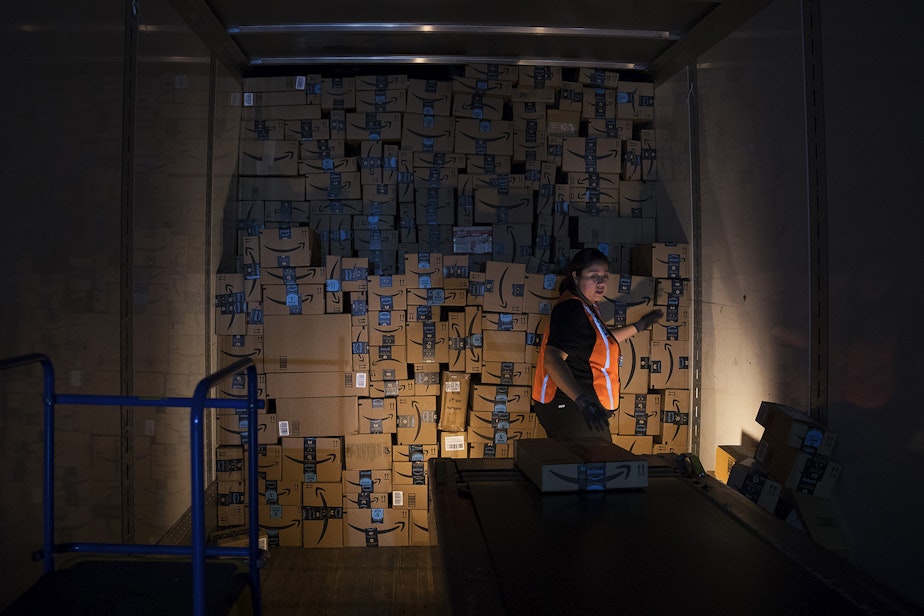How firing a warehouse worker backfired on Amazon

Amazon is facing criticism for firing a warehouse worker in New York who organized a protest there this week. Amazon says employees are free to speak out and this worker was fired for other reasons.
Here's a rough timeline showing how this story has evolved.
Sunday, March 29
Staten Island Amazon warehouse worker Chris Smalls told CNBC about the protest he'd help plan for the following day.
“We’re not doing our communities any good by taking home the virus to our families,” he said.
Smalls told media outlets that, contrary to messaging, Amazon is putting workers at risk for non-essential deliveries.
"I work with the outbound department," he told CNBC. "And I've seen the items people order, first hand. The items are not as essential as people think they are ... Our inventory's been depleted of essential items for weeks. They didn't narrow down the inventory like they claimed they have."
Smalls was in quarantine at Amazon's request when he spoke to the media because he may have been exposed to the coronavirus at work.
Sponsored
Monday, March 30
Smalls attended the protest outside his warehouse to demand more protections for Amazon workers. Though the protest was only in New York, it drew nationwide media attention.
That same day, Amazon fired him.
Tuesday, March 31
New York Mayor Bill de Blasio opened an investigation.
“The allegation [being investigated] is that because he spoke up for the safety of his workers, he was fired,” deBlasio said.
Sponsored
Thursday, April 2
By Thursday morning, responding to a deluge of coverage of the incident, Amazon's vice president of Worldwide Operations Dave Clark penned an urgent blog post saying “we respect the rights of these employees to protest… At the same time, these rights do not provide a blanket immunity against bad actions.”
Clark also wrote "When anyone on our team at any level purposely puts the health of others at risk, we will take swift, decisive action without concern about external reaction."
But then, Thursday afternoon, Vice Media published details from an internal email in which Amazon’s top lawyer, David Zapolsky revealed some of the strategy behind Amazon’s messaging. The Washington Post followed, claiming to have verified the authenticity of the email in which Zapolsky described protester Chris Smalls as “not smart or articulate and to the extent the press wants to focus on us versus him, we will be in a much stronger PR position.”
In a statement to KUOW, Zapolsky said he had “let his emotions draft his words and get the better of him.”
Sponsored
Amazon says it has continuously worked to increase COVID-19 protection measures at warehouses. By early next week, Dave Clark promises the company will be checking temperatures (and sending home employees with temperatures at 100.4 degrees or above) at all locations in the U.S. and Europe.
Do you have insight into Amazon's distribution operations during the COVID-19 pandemic? Reach reporter Joshua McNichols at jmcnichols@kuow.org or via direct message on twitter @joshuamcnichols.

